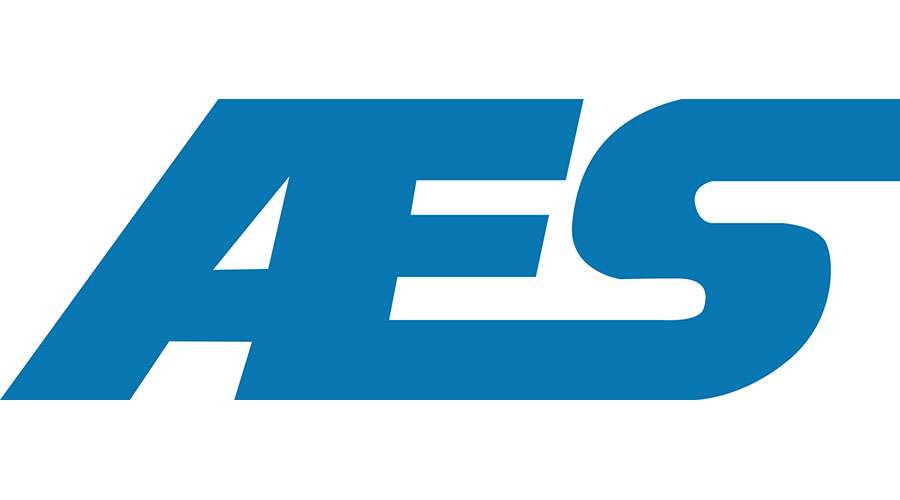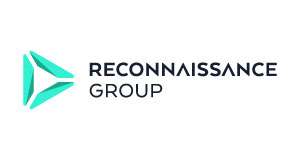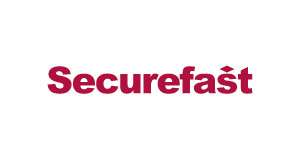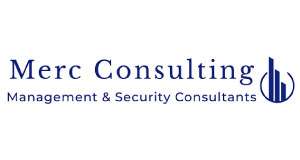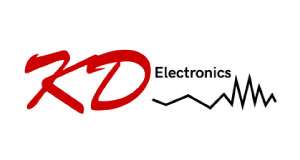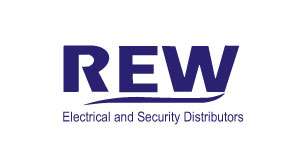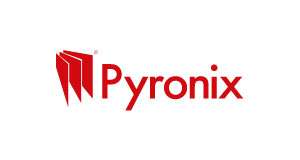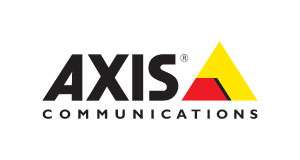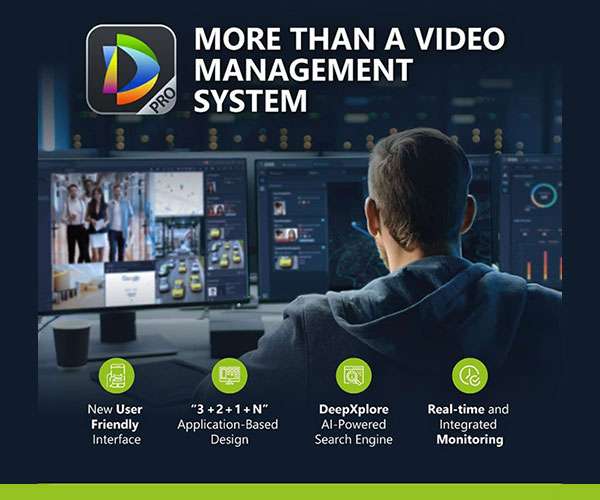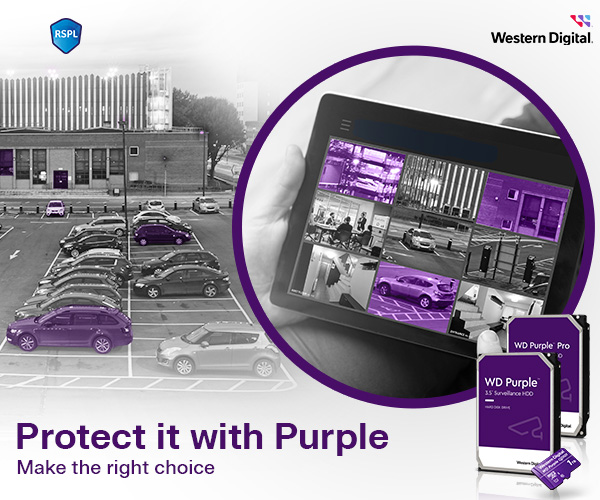Death of the Server – Alarm & CCTV Monitoring in the Cloud

Growing demand for your services is a good problem to have. How to meet that demand while managing costs can be a challenge though, particularly if it means investing in new servers for the monitoring control room.
Beside the cost of the equipment, there is need to find the space, added energy requirements, standby power, air-conditioning and thinking about how to support these servers. Then in a few years, when system performance starts to lag behind a growing monitoring operation, you need to go through the whole business again.
Such concerns have helped drive users toward hosting. Instead of a substantial upfront investment in servers and everything that goes with them, an annual hosting fee is charged based on the actual usage of the system. The peripheral worries also largely disappear as hardware and server management is removed from the control room.
A Cautious Start
After a tentative start, hosting has clearly become part of mainstream computing. For example, Microsoft Azures reports 50% plus year on year growth currently and take-up by 95% of Fortune 500 companies, with many UK public sector organisations now trusting to the platform. Mainstream acceptance of the cloud has also been propelled by the pandemic and growing trend toward home working.
When Bold users began to ask about this option, this started a review process to find a good fit and the right hosting service. A licenced hosted system was considered preferable to SaaS because most users want to own their system rather than rent a service. Flexibility, support, reputation and volume of users were all important considerations and Microsoft Azure was ultimately selected as hosting partner.
Following the launch of the Bold hosted solution, it was revealing that interest from private control rooms and the public sector was just as enthusiastic as commercial ARCs, with the decision making driven not just by cost savings but also speed of deployment and built-in disaster recovery. Also for large organisations, there is sometimes a reluctance to involve corporate IT, sometimes provided by third party contractors, with the specialised needs of remote monitoring.
Power Hungry
Servers are hungry for power with much heat and noise is generated. Accommodation is always at a premium in a monitoring centre, particularly where all operations must be contained within a protected area. The hosting alternative fixes all these problems as well as helping an organisation establish their environmental credentials.
A popular question is how performance compares between hosting and local dedicated servers. A monitoring platform has to perform many complex tasks at very high speed and, as we all know, time is of the essence for security and safety. During tests, little or no performance differential was observed and user feedback has been universally positive. Nobody can forecast with complete accuracy the processing resources which a system will need when it goes live. A prediction can be made based on metrics and past experience but the reality is that no two systems, and the way they operate, are the same.
Over-specified Hardware
As a result, hardware is invariably over-specified on the principal that it is better to be safe than sorry. Again, hosting fixes this one by reporting usage on an hourly basis allowing accurate scaling; adjustments can be made quickly, providing an accurate alignment of investment with return. It also allows the small to medium sized monitoring operation the opportunity to offer the same level of services as the big players.
There will always be circumstances when the only option is local dedicated servers, for example, where there is a policy of total isolation from the external network. And very small systems processing a low volume of connections will fall beneath the threshold where hosting is viable. But in the majority of cases, we expect to see the days of updating and replacing servers become a distant echo of the past.
Brian Kelly, Managing Director



